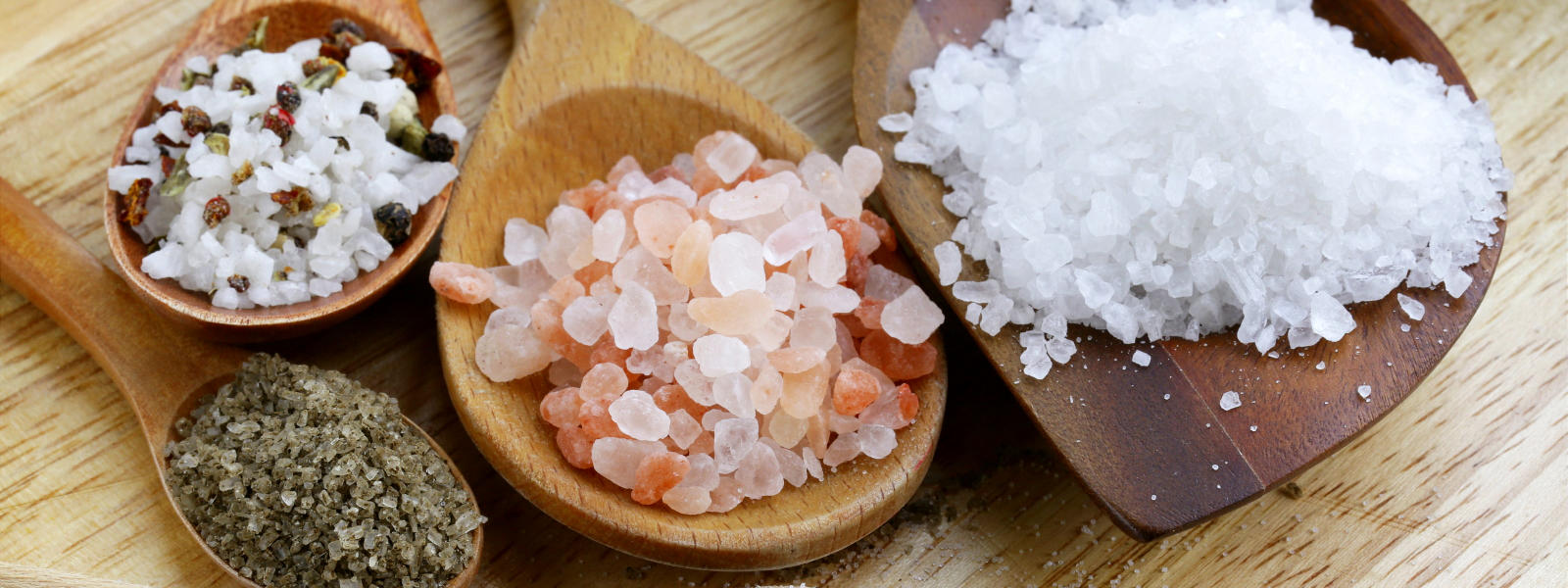
Before showing you our favorite salts, let’s first look at the “how much?” salt question.
Salt has been part of our diets and way of life with rich history dating back at least as far as 6000 BC.
While salt used to be regarded as both a precious and indispensable commodity, it’s had an especially turbulent reputation in the last century.
At the beginning of the 1900s, the perception of salt being the greatest thing ever shifted to salt being blamed, at least in part, for contributing to water retention, high blood pressure and risk of heart disease. During this era, white sugar was, amusingly, perceived as harmless.
In 1929, stronger evidence to the contrary caused salt-restricted diets to fall out of favor until 1944, where salt was put through the ringer one more time.
History ended up repeating itself only to show, again, that restricting salt intake wasn’t only an unreliable way to treat high blood pressure but was also dangerous and even lethal to the patient.
A 2011 meta-analysis involving 6.250 patients showed, yet again, no significant link between salt intake, high blood pressure and risk of heart disease in all people.
This spawned a Scientific American article appropriately titled, “It’s Time to End the War on Salt,” proposing that the government should sponsor a large, controlled clinical trial to show the long-term effects of low-salt diets.
A 2014 study published in the New England Journal of Medicine indicated that staying between 3.000 and 6.000 milligrams of daily sodium intake can protect the average person from death and heart disease. Go lower or higher, and you may put yourself at unnecessary risk.
1 teaspoon of regular table salt has 2325 milligrams of sodium.
That gives you roughly 1.5 to 2.5 teaspoons of salt per day to work with.
Essentially, too little salt is no good. And too much salt isn’t great, either.
In our experience and observation, it’s always important to zoom out and remember how other lifestyle choices influence your overall well-being, and that sodium is just one piece of the puzzle.
There’s a big difference between someone—who’s sedentary—adding a bunch of refined salt to an already poor diet full of junk food, and someone who exercises regularly and uses unrefined salts as part of a well-planned diet.
So, if you’re in good health, have a fairly healthy diet high in fresh, potassium-rich plant foods, and use unrefined salts, you’d almost have to go out of your way to get consistently “too much” sodium into your body and counteract everything else you’re doing.
What Are the Best Salts?

There are plenty of great salts you can incorporate into your diet but you only need to get and use one at a time.
One exception to that is if you get Hawaiian black lava salt or black kala namak salt.
- black lava salt has a smoky flavor and is best used as a finishing salt
- black kala namak salt has a distinct, egg-like flavor
These are both salts with distinct flavors and bold color that go perfectly with some dishes but not others, so you’ll want a neutral salt as a backup.
Let’s go through the most popular salts.
Refined Table Salt
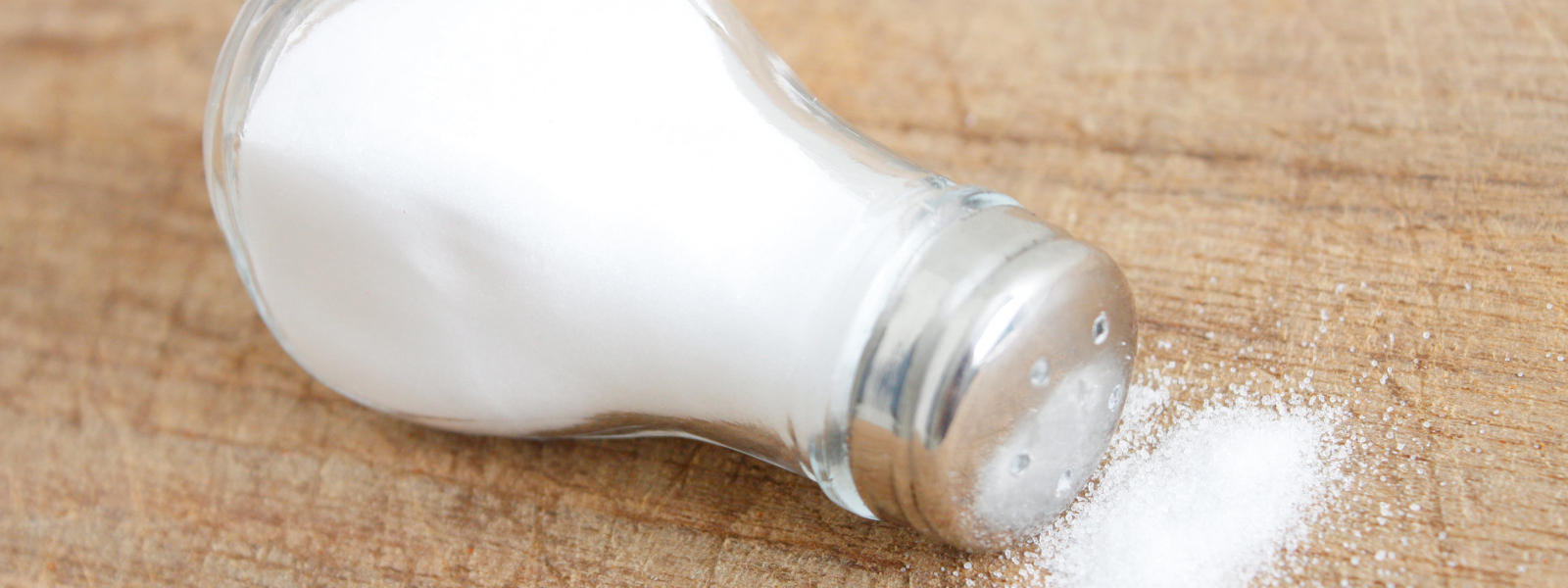
This is the salt many of us grew up on; commercial table salt.
Refined salt is usually mined from underground deposits, then thoroughly ground and processed to remove its mineral content and impurities.
Since the salt granules tend to clump together, anti-caking agents are added to keep the granules separated and able to flow freely through a salt shaker.
With everything else stripped away, refined salt is almost pure sodium chloride. Unless iodine is added to prevent deficiency, a practice that began in the 1920s, refined salt brings no additional benefits to the body.
We don’t recommend this salt at all.
The only exception is if you’re in a sudden state of mild hyponatremia and table salt is the only option you’ve got access to for the time being.
Sea Salt

Sea salt is made through evaporation of sea water or water from saltwater lakes.
It’s available in refined and unrefined varieties depending on how much processing was involved in production. This is why it isn’t always much better than commercial table salt.
Its texture can vary from coarse chunks and pearl-like shape to crisp flakes. Refined varieties are generally white, which can indicate bleaching. Unrefined sea salt ranges from slightly gray to sandy or pinkish.
When most of the minerals are retained, sea salt will have a complex range of flavors depending on where it’s harvested from.
Celtic Sea Salt (Gray Salt)
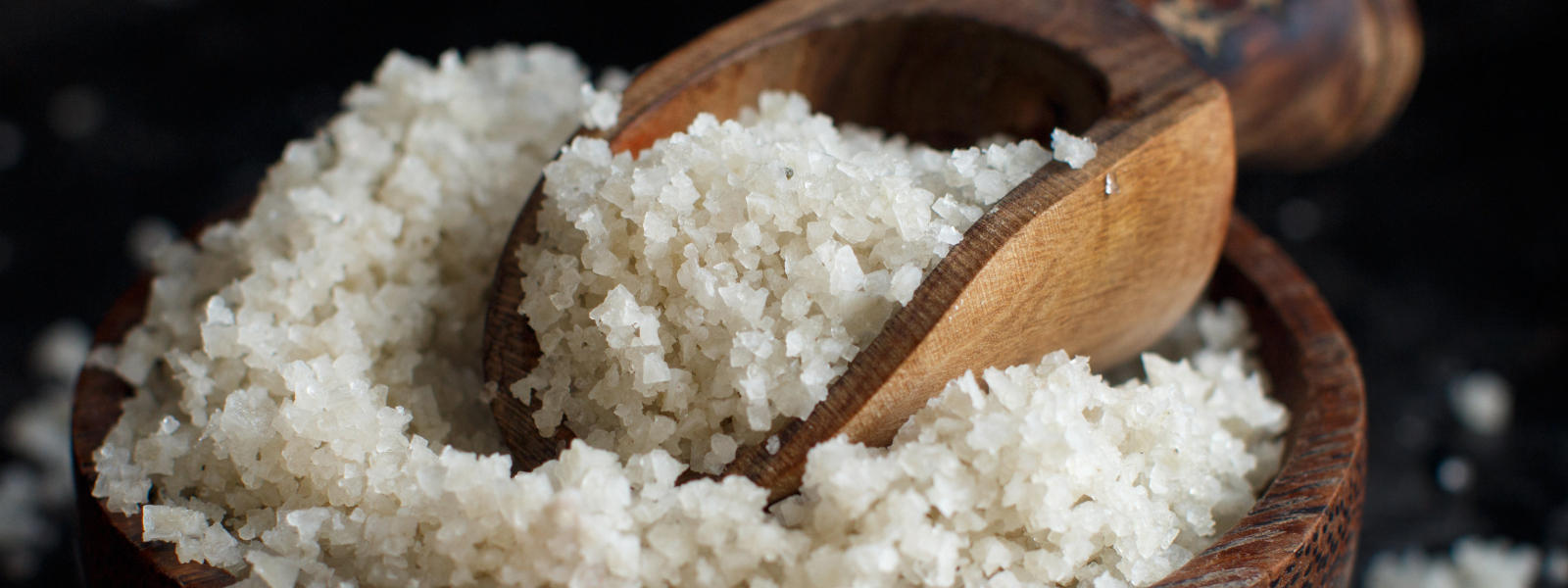
Celtic Sea Salt is a popular choice of salt that usually comes from Brittany, France, near the Celtic Sea.
It’s a grayish-colored, moist salt with a rich flavor that’s soft on the palate.
Fleur de sel
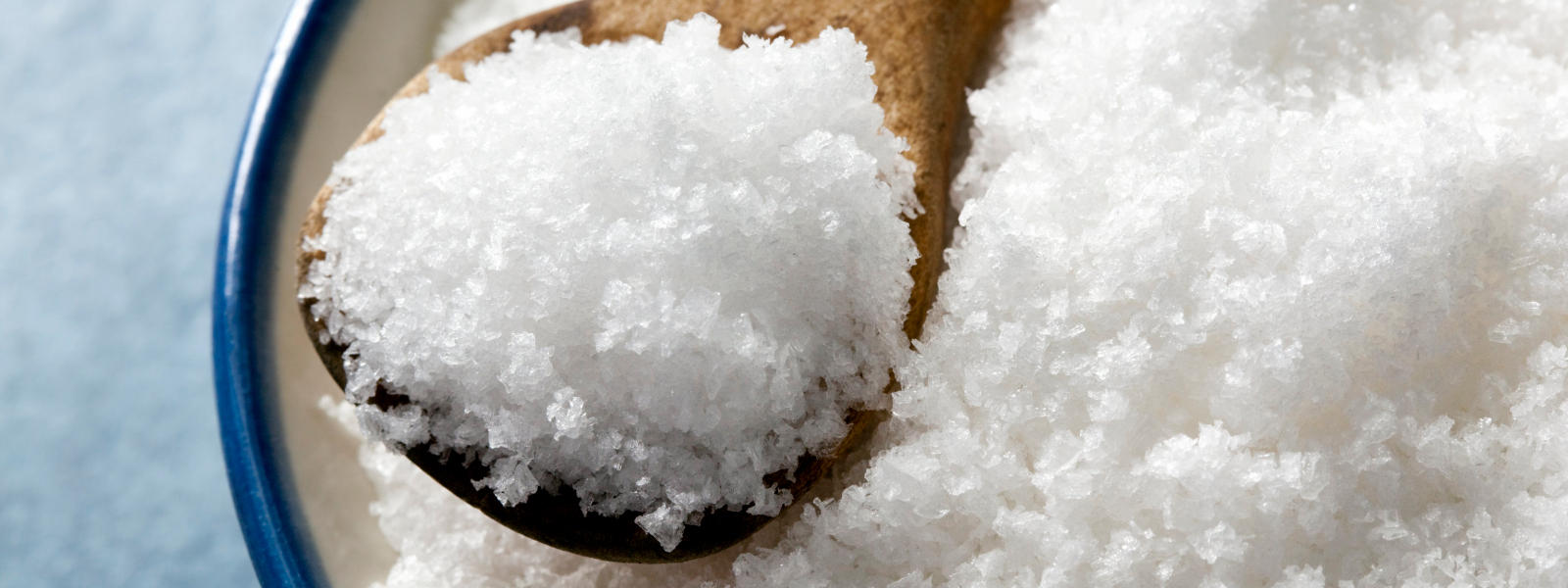
Perhaps the undisputed “king” or “caviar” of gourmet salts, fleur de sel (which means “flower of salt” in French) is one the most expensive salts you can get.
It’s harvested from various coastal areas around the world by gently raking the tops of evaporated seawater ponds, using traditional wooden rakes.
The flavor and feel of the salt can vary slightly depending on where it was harvested from.
While it’s pricey, it’s intended to be used only as a finishing salt and not during the cooking process. Since it’s used with care, a little goes a long way.
Alaea Red Hawaiian Sea Salt

Alaea sea salt is one of the prettier unrefined salts you’ll come across. This salt inherits its deep red color from reddish and iron oxide rich volcanic clay.
Favored by restaurant owners and gourmet food lovers, it has a bold, yet mellow flavor suitable for almost any dish.
Himalayan Pink Salt

Another very popular salt, pink salt is harvested, often but not exclusively, in the Himalayan Mountains of Pakistan.
When examining it, you’ll notice the salt crystals range from off-white to light and deep pink.
Flavor-wise, pink salt is bolder and more salty than table salt, so you may not have to use as much on your food.
Black Hawaiian Lava Salt
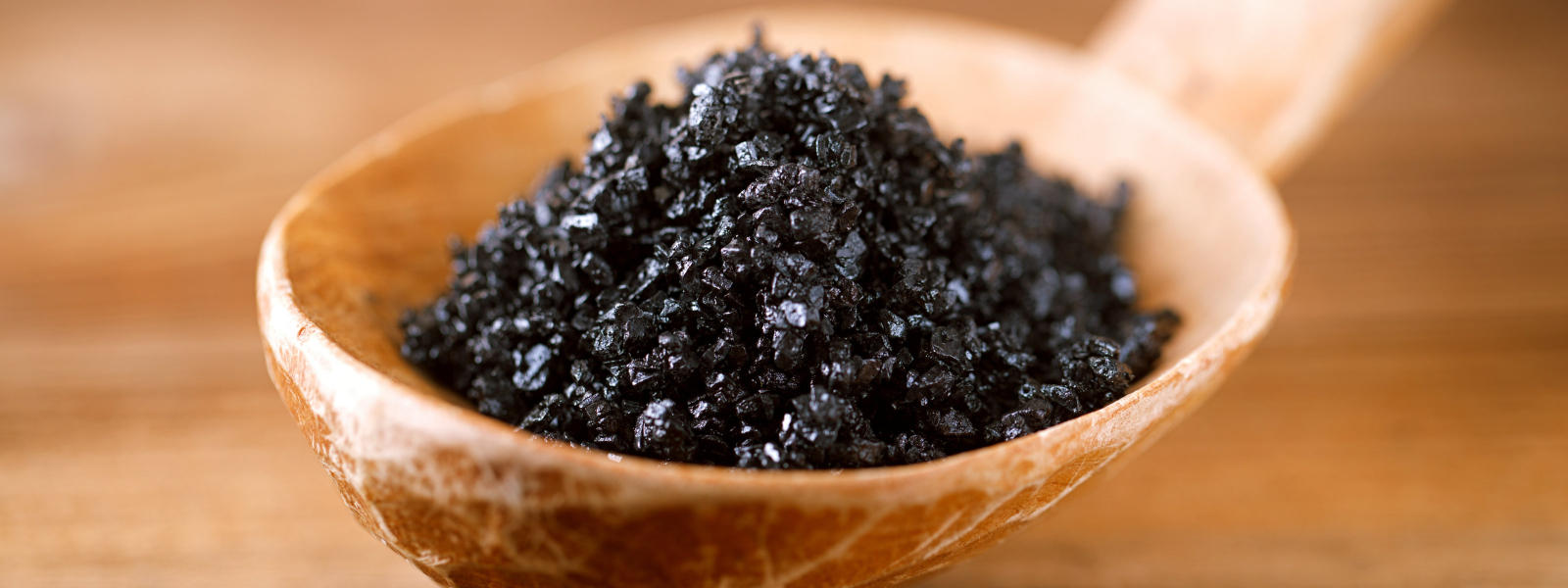
Lava salt!
The most notable differences between black lava salt, compared with the other salts mentioned so far, is that, for one, it’s black.
Second, it has a delicate sea salt flavor with smoky undertones.
Since it can discolor other foods when used during cooking, it’s best used as a finishing salt, which adds striking contrast when sprinkled on light-colored food.
Black Kala Namak Salt

This pungent-smelling salt is popular among people on a plant-based diet for one special reason: It has a sulphurous flavor that’s similar to hard-boiled egg yolks, making it ideal for use as an egg substitute in recipes.
Don’t go overboard when you sprinkle this salt; unlike most other salts, this one can quickly overpower your dish.
Black kala namak salt goes well in many savory dishes, sprinkled on popcorn, and lends itself perfectly for tofu scrambles.
Recommended Products/Brands
| Alaea Red Hawaiian-Style Sea Salt by SaltWorks | Shop |
| Black Salt (Indian Kala Namak) by Pure Indian Foods | Shop |
| Fleur de Sel Sea Salt by Le Saunier de Camargue | iHerb |
| French Celtic Sea Salt by Eden Foods | Vitacost |
| Hawaiian Black Lava Sea Salt by The Spice House | Shop |
| Himalayan Crystal Salt (coarse) by Aloha Bay | iHerb |